Car engines are marvels of engineering, transforming the chemical energy in fuel into mechanical power that propels us down the road. To appreciate the magic of a gasoline running car, it’s essential to understand the intricate interplay of various car engine components. So, let’s delve under the hood and explore all the inner workings of the car engine and how they work together to power your vehicle.
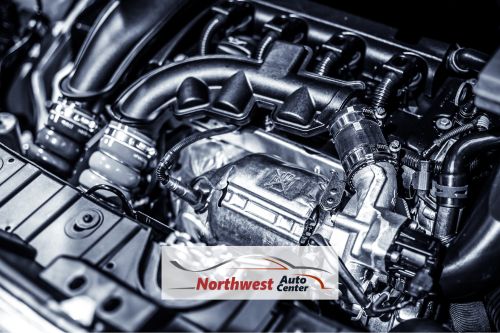
The Heart of the Machine: The Engine Block
At the core of every car engine lies the engine block. This sturdy piece of metal serves as the foundation upon which all other car engine components are mounted and houses the cylinders, where the real action happens. The engine block is typically made of cast iron or aluminum for its durability and heat dissipation properties.
Within the engine block, you’ll find the cylinders, which are essential for combustion. The number of cylinders varies depending on the engine type. Four-cylinder and six-cylinder engines are common in most vehicles, while high-performance and larger vehicles often feature eight or more cylinders.
Inhaling and Exhaling: The Intake and Exhaust Manifolds
Car engines need a constant supply of air and fuel for combustion, and this is where the intake manifold comes into play. The intake manifold connects to the engine block and draws in air from the outside environment. This air is then mixed with fuel to create a combustible mixture that powers the engine.
On the flip side, once combustion has occurred, the exhaust gases must be efficiently expelled from the engine. This is where the exhaust manifold comes into play. It collects and channels the exhaust gases away from the cylinders and directs them to the exhaust system.
The Power Producers: Pistons and Connecting Rods
Inside each cylinder, you’ll find a piston, which is essentially a cylindrical piece of metal that moves up and down within the cylinder. Pistons play a crucial role in the combustion process. When fuel and air are ignited, they create a high-pressure explosion that forces the piston down the cylinder. This downward motion is what ultimately drives the engine’s crankshaft.
Connecting rods are responsible for linking the pistons to the crankshaft. As the piston moves up and down, the connecting rod transfers this motion to the crankshaft, which converts it into rotational energy. This rotation is what drives the wheels of your car through the drivetrain components. The cylinders, pistons and rods are all essential car engine components in creating the initial power in the engine.
The Power Distributor: The Crankshaft
The crankshaft is often referred to as the “heart” of the car engine because it transforms the linear motion of the pistons into rotational motion. It is a long, cylindrical shaft with strategically placed offsets, known as crank throws. As the pistons move up and down, the connecting rods push and pull on these crank throws, causing the crankshaft to spin. This rotational energy is then transmitted to the transmission and, subsequently, the wheels, propelling the car forward.
The Breathers: Valves and Camshaft
Car engine components also include valves and a camshaft, which regulate the flow of air and fuel into the cylinders and the expulsion of exhaust gases.
The camshaft is a long shaft with lobes or cams that are precisely timed to open and close the valves at precise moments in the engine’s cycle. The motion is provided by the timing belt or timing chain which are connected to the crankshaft. The camshaft’s synchronized action ensures that air and fuel enter the cylinder when the piston is moving upwards (compression stroke) and exhaust gases are expelled when the piston is again moving upwards after the power stroke.
The intake valves open to allow the air-fuel mixture to enter the cylinder during the intake stroke, and the exhaust valves open to allow the combustion gases to exit during the exhaust stroke. This precise timing is critical for the engine’s efficiency and performance.
Keeping Cool and Lubricated: The Cooling and Lubrication Systems
Two vital car engine components often overlooked are the cooling and lubrication systems. These systems work in tandem to maintain the engine’s temperature and reduce friction between moving parts.
The cooling system includes a radiator, water pump, and thermostat. It circulates coolant (usually a mixture of water and antifreeze) through the engine and radiator. As the engine runs, it generates a tremendous amount of heat, which can damage the components if not properly controlled. The cooling system helps dissipate this heat, preventing overheating.
The lubrication system, on the other hand, ensures that all moving parts within the engine operate smoothly without excessive friction. It consists of an oil pump, oil filter, and a network of channels and galleries that distribute oil to critical engine components. Engine oil not only reduces friction but also helps dissipate heat and remove contaminants from the engine.
The Spark of Life: Ignition System
To power the combustion process, an ignition system is essential. This system generates the spark needed to ignite the air-fuel mixture within the cylinders. In modern engines, this is often accomplished by spark plugs and an ignition coil (one or more spark plugs per cylinder and one ignition coil per cylinder).
The spark plugs are small devices installed in each cylinder. They receive an electrical signal from the ignition coil, which creates a high-voltage spark. This spark jumps across the gap at the end of the spark plug and ignites the compressed air-fuel mixture. This controlled explosion is what drives the piston downward, providing the engine’s power.
Working Together for Power – Car Engine Components
The various mechanics in your vehicle’s engine work harmoniously to convert chemical energy from fuel into mechanical power. Understanding these car engine components not only enhances our appreciation for the engineering behind our vehicles but also empowers us to make informed decisions about maintenance and repairs. Proper care of these components ensures that your car’s engine operates efficiently and reliably, keeping you on the road for years to come.

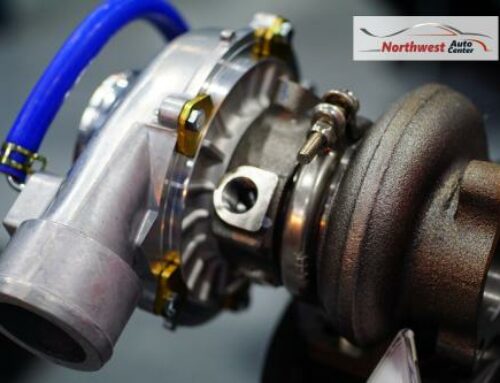
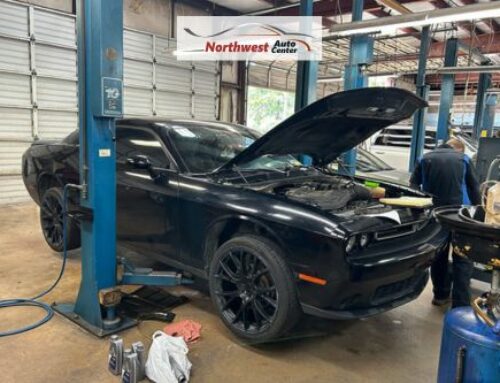
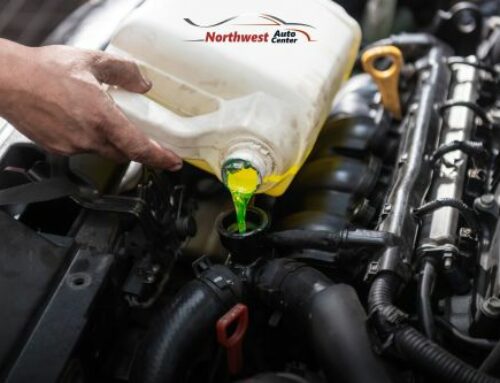
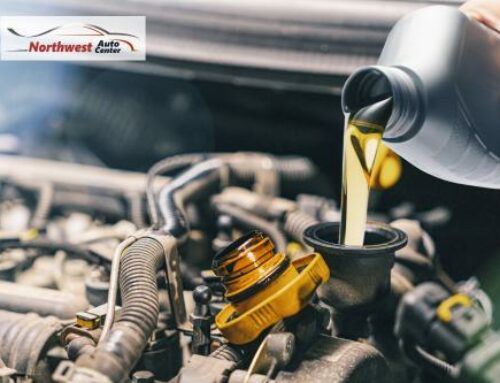
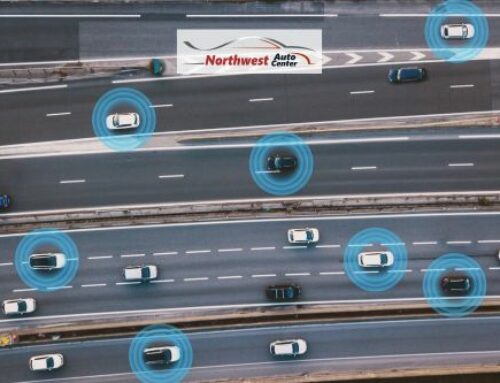
Leave A Comment
You must be logged in to post a comment.